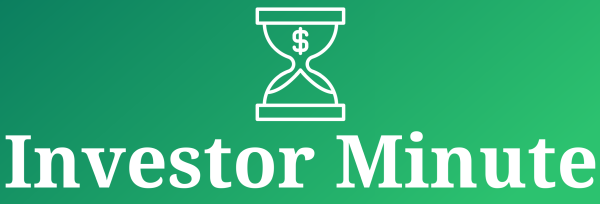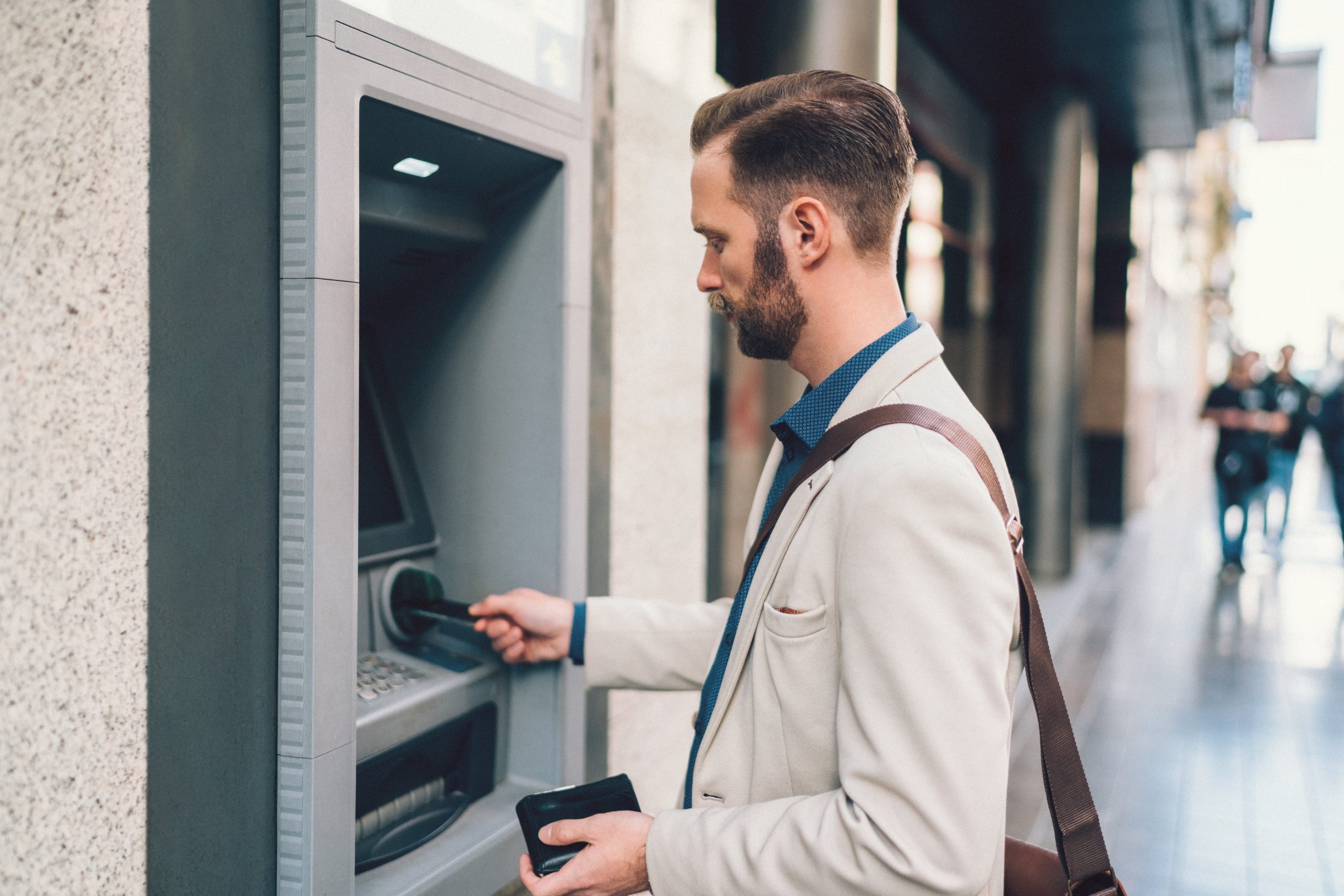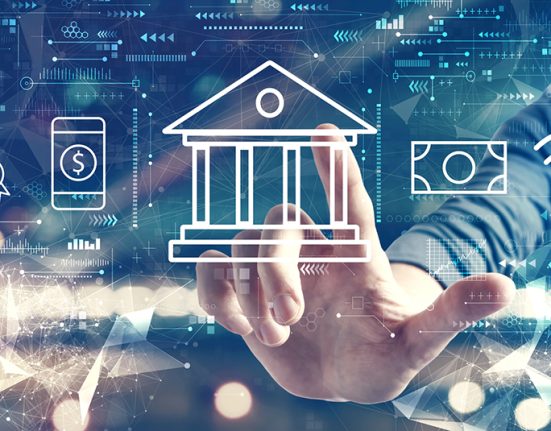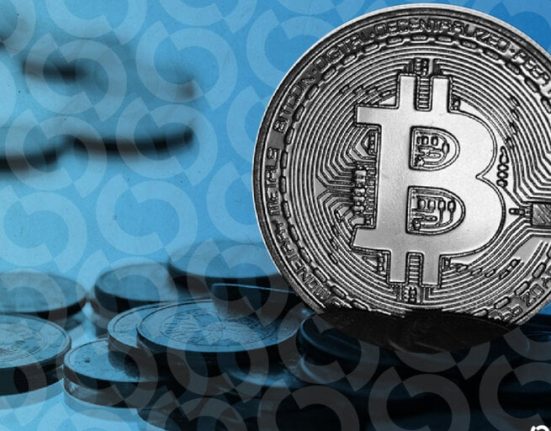Our Nerds say:
“The best checking accounts are designed to be used for all of your regular purchases and transactions, so make sure to pick one that has all of the features that matter to you.
“If you need a flexible overdraft program, pick a bank that has low or no overdraft fees or a buffer or forgiveness program. If you plan to go with an online bank, make sure it has great remote customer service options and an accessible ATM network. And lastly, even though checking accounts aren’t usually known for great interest rates, there are still plenty of accounts that offer a solid return on your money. You can also find rewards checking accounts that offer cash back on your spending.”
– Chanelle Bessette, NerdWallet banking writer
Requirements to open a checking account
Banks typically require some form of valid government-issued photo identification along with basic details about yourself, including your birthdate, Social Security number, and contact information. You may also need to make a minimum opening deposit depending on the bank.
What to look for in a checking account
When shopping for a checking account, consider factors such as monthly fees, interest rates, overdraft policies, ATM fees and access to customer service. Make sure that you’re getting the features and services you want from your bank.
See the table lower down on the page to get an idea of what kinds of features the best checking accounts offer.
The pros of checking accounts
Easy access to your money. Checking accounts are designed to be added to and withdrawn from frequently. Most banks come with mobile apps and desktop login options so that you can handle your banking without needing to go to a branch. As a bank customer, you will usually have access to an ATM network as well, either through your bank or through a partner network.
Debit cards and checkwriting. Debit card and checkwriting both allow you to make transactions without needing to have cash on hand.
Security and federal insurance. Apart from a bank’s physical security, a chartered bank will also come with insurance from the Federal Deposit Insurance Corp. (FDIC) to protect your money in case the bank goes out of business. Online banks, including those listed on this page, also offer FDIC insurance.
Convenient services like bill pay and money transfers. Many banks allow you to set up bill pay services from your checking account, and you might also have access to a money transfer service like Zelle through your bank.
The cons of checking accounts
Lower interest rates than other accounts. Though some checking accounts offer strong interest rates, you’ll generally find higher interest rates through savings accounts and certificates of deposit.
Some accounts come with high fees. Some checking accounts come with monthly fees, minimum balance fees, and overdraft fees, so be sure to look at what a bank charges before you open an account.
Account features |
Standard checking accounts |
The best checking accounts |
|
Do checking accounts pay interest? |
Sometimes; typically minimal. |
Usually a solid rate, sometimes with a bonus or cash back instead. |
|
|
|
|
|
|
|
|
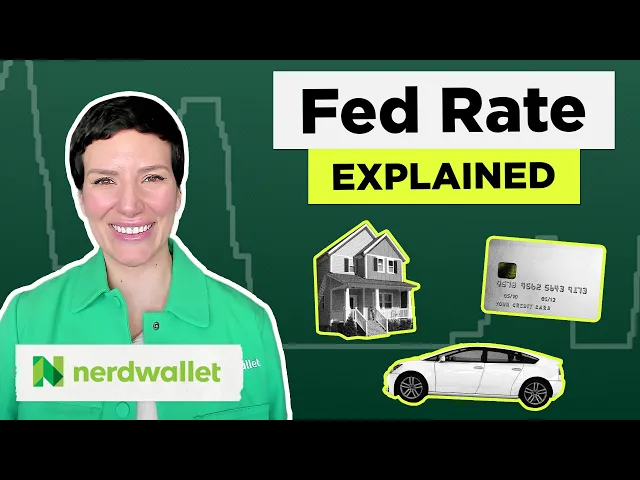
What’s the best checking account for me?
When choosing a new checking account, take a close look at fees, branch and ATM accessibility, and interest rate. Also consider perks such as early access to direct deposits. People who do online banking should select an institution that offers a good website along with a mobile app that lets them deposit checks remotely.
What are some alternatives to checking accounts?
Checking accounts are meant to be used for daily spending and ideally come with some interest or cash back, though you’re more likely to get a higher interest rate with a cash management account, certificate of deposit or high-yield savings account. Here are some alternatives to checking accounts, both for daily spending and for higher interest rates.
Prepaid debit cards. Prepaid debit cards are like regular debit cards, but instead of being linked to a checking account, you load it with cash in advance. This helps you avoid overdraft fees because you can only spend the amount that you’ve loaded onto the card. It doesn’t require any kind of credit check, so they’re easy to get.
Cash management accounts. Cash management accounts are offered by brokerages and give you a place to keep uninvested cash. Some act like checking accounts and come with a debit card for spending.
Savings accounts. If you’re after a higher interest rate on cash that you don’t plan to use in the near future, a high-yield savings account can be a great place to park your money.
Certificates of deposit. A high-yield CD can offer you a guaranteed rate of return on your money, but the trade-off is that you let it stay in the CD for the full term length. If you try to withdraw from a CD too early, you could become subject to a penalty.
Should I have more than one checking account?
Usually there won’t be many downsides to keeping multiple checking accounts open as long as you can meet the requirements of those accounts to avoid fees.
The number of checking accounts you should have is based on your situation. If you’re single, for example, you may be fine with just one checking account. If you’re married, you may want to have a personal account and a joint account that you share with your spouse.
There are also several accounts that offer bonuses and promotions for opening an account, so if you’re able to juggle the requirements, you could make some extra cash by opening multiple accounts. You also may want to consider opening multiple checking accounts at different institutions for different uses, such as keeping an account at a provider that works well for international travel if you go out of the country a lot, or keeping a checking account open with the bank that handles your mortgage for faster payment transfers.
